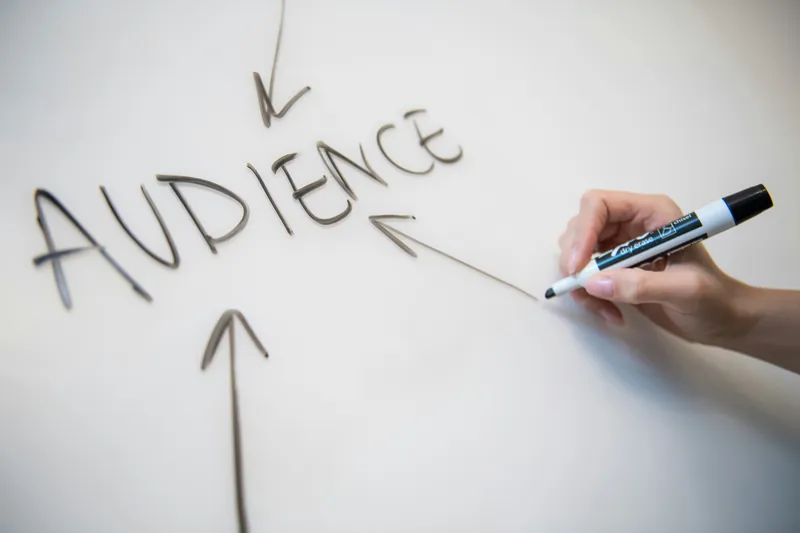
Experiential Marketing Strategies
Creating immersive experiences helps connect customers with your brand on a personal level, making it memorable and engaging. It can drive strong emotional bonds and loyalty but requires creativity and significant planning. Balancing the cost and impact of these events is crucial for effective experiential marketing.
Sub-strategies
| Name | Description |
|---|---|
| Brand Activation Strategy | Creating interactive experiences to engage customers and bring your b… |
| Event Marketing Strategy | Hosting or participating in events to promote your brand and engage w… |
| Pop-Up Shops Strategy | Setting up temporary retail locations to create buzz and engage custo… |
| Product Sampling Strategy | Offering free samples to potential customers to let them try your pro… |
Related Tactics
| Name | Description | Difficulty | Cost |
|---|---|---|---|
| Use product demonstrations to engage visitors | Showcasing your product through demonstrations can be a game-changer … |
Intermediate
|
Medium
|
| Use product demonstrations to showcase features and benefits | Product demonstrations show exactly how your product works, making it… |
Intermediate
|
Medium
|
| Use samples to cross-promote complementary products | Using samples to cross-promote complementary products is a clever way… |
Intermediate
|
Medium
|
| Use sampling events to gather customer feedback | Sampling events are a great way to connect with customers and gather … |
Intermediate
|
Medium
|
| Use seasonal themes in content and product offerings to attract attention | Highlighting seasonal themes makes your brand feel timely and relevan… |
Intermediate
|
Medium
|
| Use social media and email marketing to promote the pop-up in advance | Use social media and email marketing to promote your pop-up event eff… |
Intermediate
|
Medium
|
| Use social media to promote community engagement efforts | Leveraging social media is great for encouraging community engagement… |
Intermediate
|
Medium
|
| Use sponsorships to enhance community relations and goodwill | Sponsorships build a stronger connection with the local community. Th… |
Intermediate
|
Medium
|
| Use sponsorships to increase brand visibility and awareness | Sponsorships boost your brand's visibility by aligning with popular e… |
Intermediate
|
Medium
|
| Use storytelling in ads to engage readers | Storytelling in ads captures readers' attention by weaving relatable,… |
Intermediate
|
Medium
|
Related Tools
| Name | Description | Pricing | Ease of Use |
|---|---|---|---|
| AdInMo | AdInMo is a cutting-edge marketing tool designed to seamlessly integr… |
Paid Only
|
Moderate
|
| AdQuick | AdQuick is your go-to platform for out-of-home advertising. Its user-… |
Quote Based
|
Easy
|
| Adobe Audition | Adobe Audition is a powerful tool for recording, mixing, and editing … |
Paid Only
from $20.99/mo
|
Complex
|
| Adobe Creative Cloud | Adobe Creative Cloud is a comprehensive suite of design, video, web, … |
Paid Only
from $54.00/mo
|
Moderate
|
| Adobe Photoshop | Perfect for creating stunning visuals, Adobe Photoshop is a powerful … |
Paid Only
from $20.99/mo
|
Complex
|
| Adomni | Adomni is a cutting-edge marketing platform that empowers marketers w… |
Paid Only
|
Moderate
|
| Airmeet | Airmeet is a versatile platform designed to host immersive virtual ev… |
Paid Only
|
Moderate
|
| Aisle Planner | Aisle Planner is a comprehensive marketing tool designed to streamlin… |
Paid Only
|
Moderate
|
| AllOver Media | AllOver Media specializes in innovative advertising solutions that ca… |
Paid Only
|
Moderate
|
| Aventri | Aventri is a leading event management software designed to streamline… |
Paid Only
|
Moderate
|
Quick Facts
Strategy Type
Marketing Strategy
Pros
- Memorable Engagement: Experiential marketing creates unique and memorable experiences, making a lasting impression on consumers and increasing brand recall.
- Direct Consumer Interaction: These strategies allow for direct interaction with consumers, providing immediate feedback and fostering personal connections with the brand.
- Increased Brand Loyalty: Positive experiences can strengthen emotional connections, enhancing customer loyalty and encouraging repeat business.
- Viral Potential: Engaging and shareable experiences can go viral on social media, amplifying reach and attracting a broader audience.
- Enhanced Brand Perception: Innovative and immersive experiences can position your brand as forward-thinking and customer-focused, improving overall brand perception.
- Higher Conversion Rates: Direct engagement often leads to higher conversion rates, as consumers are more likely to purchase after a positive brand experience.
- Valuable Insights: Interacting with consumers in real-time provides valuable insights into their preferences and behaviors, informing future marketing strategies and product development.
Cons
- High Costs: Implementing experiential marketing strategies can be expensive, requiring significant investment in event planning, logistics, and execution to create impactful experiences.
- Limited Reach: These strategies often target a specific audience at a particular location or event, potentially limiting the overall reach compared to digital campaigns.
- Resource Intensive: Planning and executing experiential marketing campaigns demand substantial time, effort, and resources, which can strain smaller teams or businesses.
- Measurement Challenges: Assessing the direct return on investment from experiential marketing can be difficult, as the impact on sales and brand perception may not be immediately quantifiable.
- Logistical Complexities: Managing the logistics of experiential events, including permits, vendor coordination, and contingency planning, can be complex and prone to unforeseen challenges.
- Risk of Low Turnout: If the event does not attract enough participants, the investment may not yield the desired impact, leading to wasted resources and effort.
- Dependence on Execution: The success of experiential marketing heavily relies on flawless execution; any mishaps or negative experiences can harm the brand’s reputation and consumer trust.